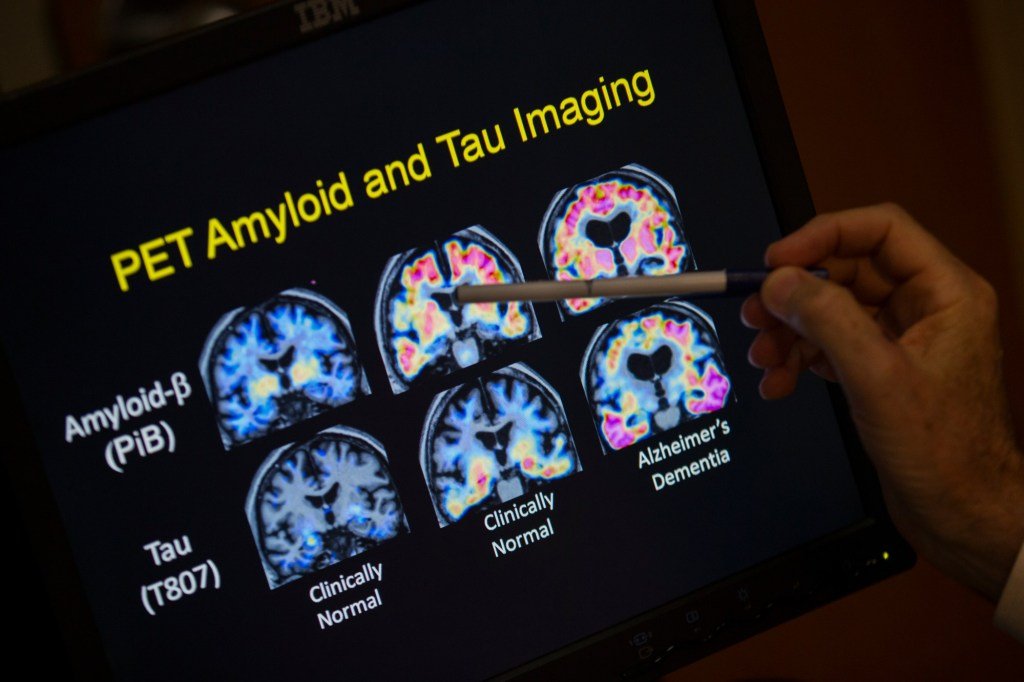Early Detection of Alzheimer’s Disease: How Smell Tests Could Change the Game
In recent research conducted by neurology experts at Mass General Brigham, a groundbreaking study reveals that our sense of smell could play a crucial role in the early detection of Alzheimer’s disease. This innovative smell test may serve as an effective, cost-effective method for identifying individuals at risk of cognitive impairment, potentially allowing for early intervention long before individuals experience significant memory decline. Senior researcher Mark Albers emphasizes the importance of early detection, stating, “Early detection of cognitive impairment could help us identify people who are at risk of Alzheimer’s disease and intervene years before memory symptoms begin.”
The Importance of Detecting Alzheimer’s Early
Alzheimer’s disease primarily manifests symptoms typically after the age of 60, with the risk increasing significantly as people age. Understanding that olfactory dysfunction, or a diminished sense of smell, is often an early indicator of neurodegenerative diseases, researchers focused on creating an olfactory test that can be performed at home. The method involves participants peeling cards and sniffing various odors to assess their ability to identify and remember these smells. Through this simple yet effective test, researchers aim to advance both research and treatment methodologies for Alzheimer’s and similar diseases.
How the Smell Test Works
The study included individuals who were English and Spanish speakers, all of whom had expressed concerns about their memory or had mild cognitive impairment. Participants performed olfactory tests, where their abilities to identify and discriminate odors were evaluated. The results showcased a clear distinction: older adults facing mild cognitive impairment scored significantly lower compared to those who were cognitively normal. This finding underscores the potential for olfactory testing to serve as a tool for predicting cognitive decline among diverse populations, demonstrating consistent results across different languages and irrespective of direct observation during the test.
Implications for Future Research
Researchers suggest that these findings may pave the way for larger studies that could integrate neuropsychological testing and longitudinal follow-ups to track cognitive decline over time. “Our results suggest that olfactory testing could be used in clinical research settings in different languages and among older adults to predict neurodegenerative disease and development of clinical symptoms,” Albers remarked. Given the projected rise in Alzheimer’s cases—from 6.9 million in 2020 to almost 14 million by 2060—developing early detection methods like the smell test is of paramount importance for public health.
The Rise of Alzheimer’s Disease and its Impact
Alzheimer’s disease ranks among the top ten leading causes of death in the United States, with data indicating it was the seventh leading cause of death among adults in 2022. Moreover, the number of deaths attributed to Alzheimer’s is likely underreported, as many cases are not listed on death certificates. As awareness around Alzheimer’s grows, innovative tools for early detection will become increasingly critical in managing and potentially mitigating the effects of this debilitating disease.
Combining Smell Tests with Other Therapeutic Tools
In related research at Mass General Brigham, scientists have also been exploring the effects of a nasal spray called Foralumab in treating Alzheimer’s disease. Originally designed for multiple sclerosis, this nasal spray has shown promise in reducing neuroinflammation associated with traumatic brain injury (TBI). By encouraging immune cells to travel to the brain and engage with microglial cells—responsible for brain repair—the spray could represent a novel therapeutic approach not only for Alzheimer’s but also for acute brain injuries. The potential for this dual approach—early detection through smell tests combined with new therapeutic mechanisms—may herald a new era in combating Alzheimer’s disease and other cognitive impairments.
Conclusion
The emerging research at Mass General Brigham underscores the critical role olfactory testing might play in the early detection of Alzheimer’s, providing a simple, at-home method that could help healthcare providers intervene before significant cognitive decline occurs. Alongside promising treatment strategies like the Foralumab nasal spray, these developments could significantly shift how we understand, detect, and treat Alzheimer’s disease in the future. With the number of affected individuals on a sharp rise, these innovations are not just hopeful—they may very well be essential in the fight against Alzheimer’s and related cognitive disorders.





